Around the time girls hit puberty, they often feel pressure to start shaving their body hair.
Whether it's armpit hair, leg hair, or pubic hair, almost all women try getting rid of this hair in some way or another.
Some girls start with shaving, while others just try to bleach the hair and ignore it. Eventually, many of us try a whole variety of hair-removal methods — shaving, waxing, or using a hair-removal cream.
No matter how you get rid of your hair, there's a good chance you've experienced an annoying ingrown hair at some point.
Ingrown hairs can be painful, red, and kind of icky (they often look like pimples growing right on top of a hair follicle). But do you really know what they are?
Why do we get these nasty little ingrown hairs? And what's the right way to deal with them? Find out the answers to these questions below!
Thumbnail Photo: YouTube / Pimple Popping
1. What Is An Ingrown Hair?

According to the National Health Service (NHS), ingrown hairs are hairs that have curled up and grown back into the skin.
Ingrown hairs can be small or large, and they may look puffy and inflamed. They usually turn red and are often filled with pus — and they can be itchy and uncomfortable.
2. What Causes Ingrown Hair?
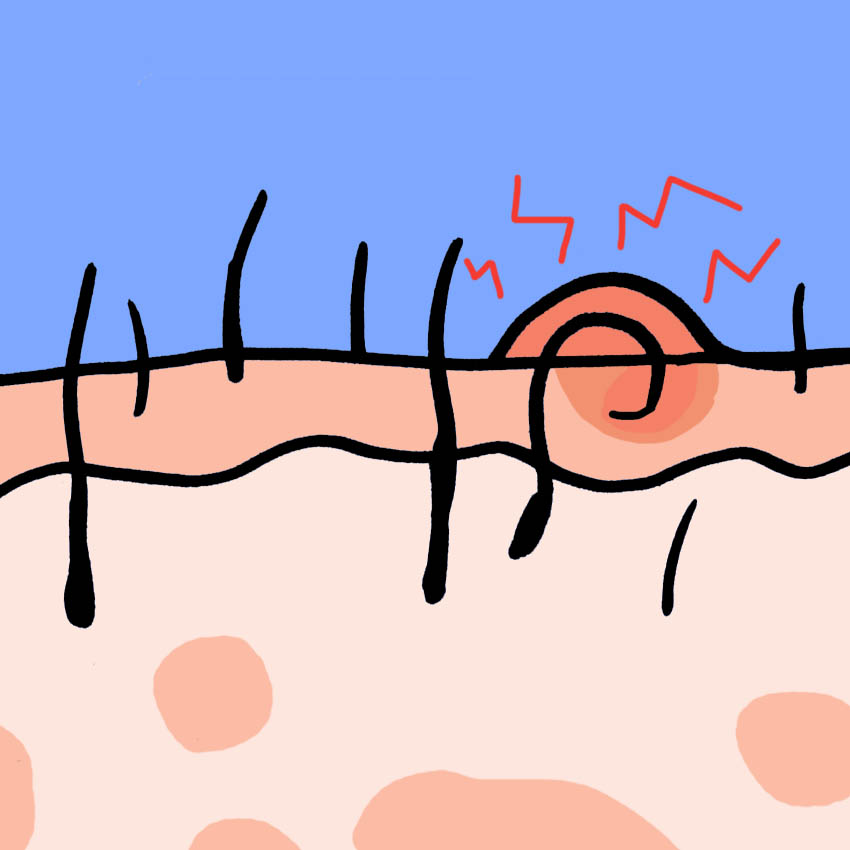
Ingrown hairs are very common — many people experience them multiple times throughout their lives.
"Ingrown hair is a common condition that results from hair removal," explains the Mayo Clinic.
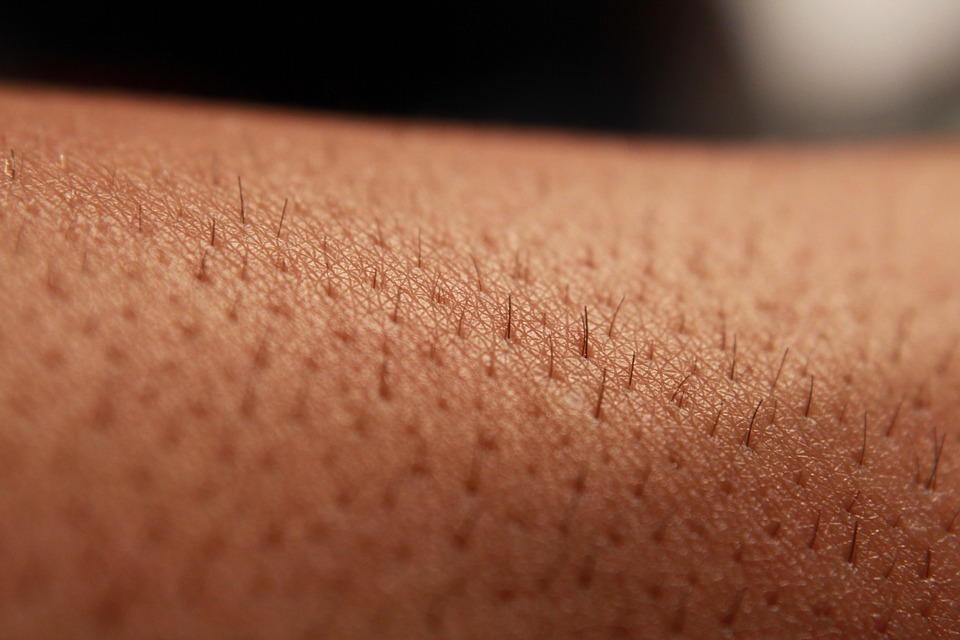
There are two primary causes of ingrown hairs: when a hair grows back into the surface of the skin after emerging, and when a hair is blocked and can't emerge from the skin in the first place.
3. How Does An Ingrown Hair Get Inflamed?
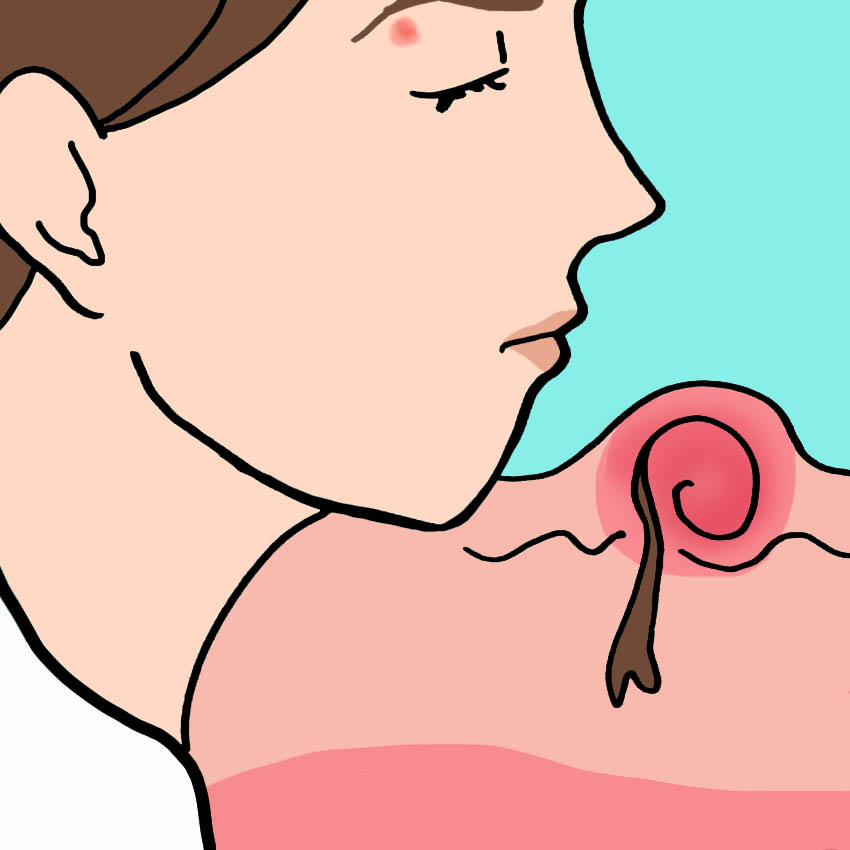
The Mayo Clinic explains that when a hair grows back into the surface — or gets trapped beneath the surface — the skin reacts as if it is penetrated by a foreign body. Thus, it becomes inflamed.
The pus and redness are results of this inflammation.
4. Who Gets The Most Ingrown Hairs?

Almost everyone gets ingrown hairs, but some people are more prone to them than others.

The people who get ingrown hairs the most are people with curly hair, or people with curled follicles — curly hair is the most likely to grow back into the skin or get trapped under the skin.
5. How To Avoid And Prevent Ingrown Hairs
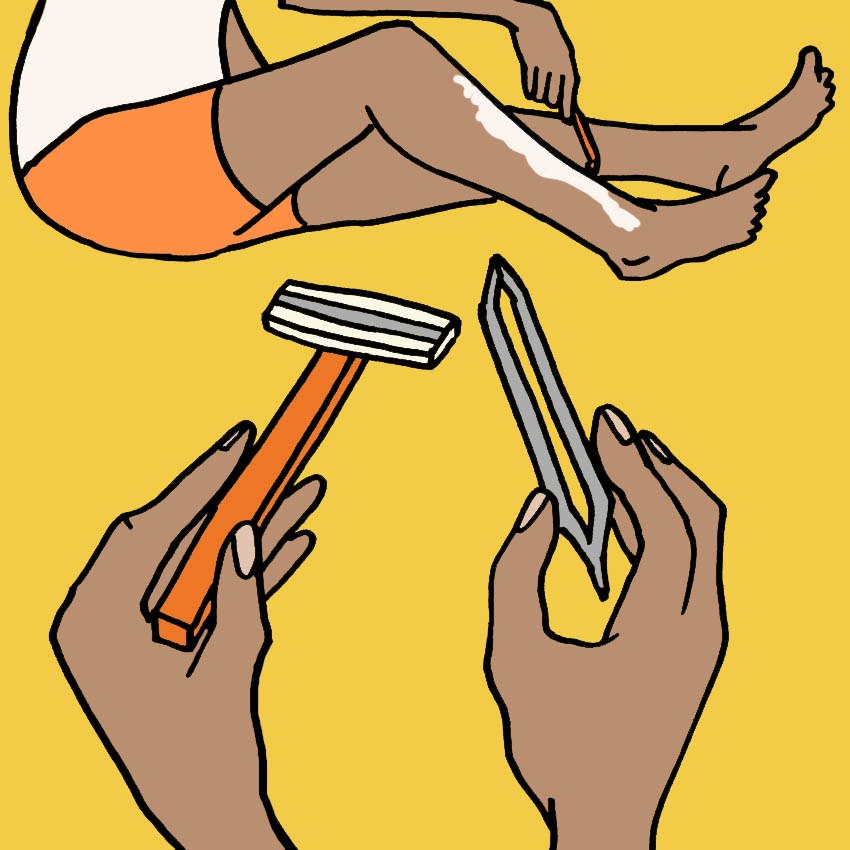
The only way to completely avoid ingrown hairs is to let your hair grow naturally (and not remove it at all).
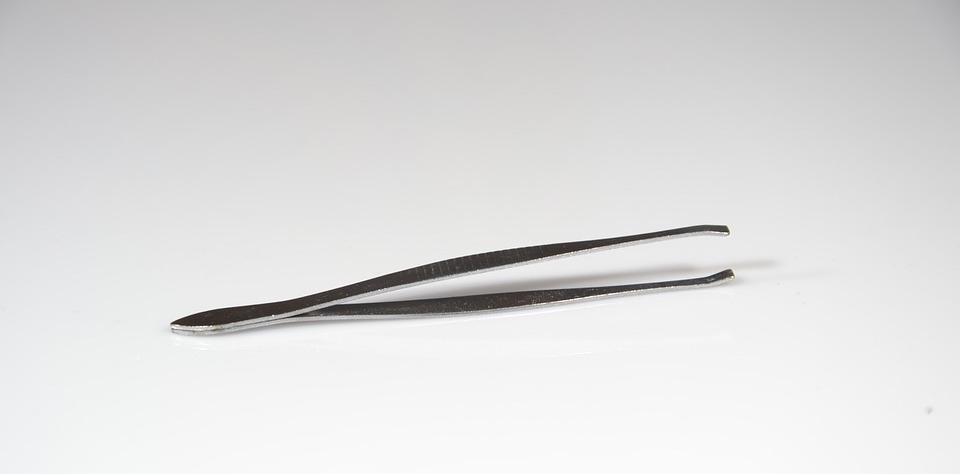
Obviously, many of us like to keep our body hair to a minimum. The best way to prevent ingrown hairs if you choose to remove hair is to use good tweezers, use single-bladed razors, shave in the direction of the hair, rinse after every razor stroke, and don't pull your skin taut while shaving.
6. How To Treat Ingrown Hairs
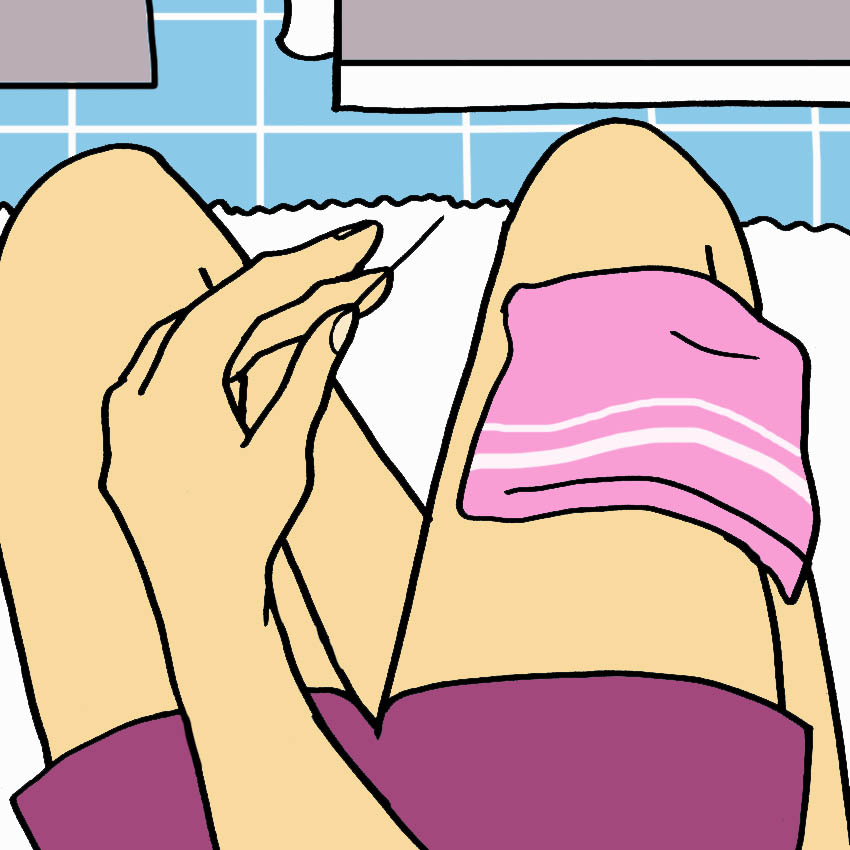
When treating an ingrown hair, the best thing to do is just let it grow out on its own.
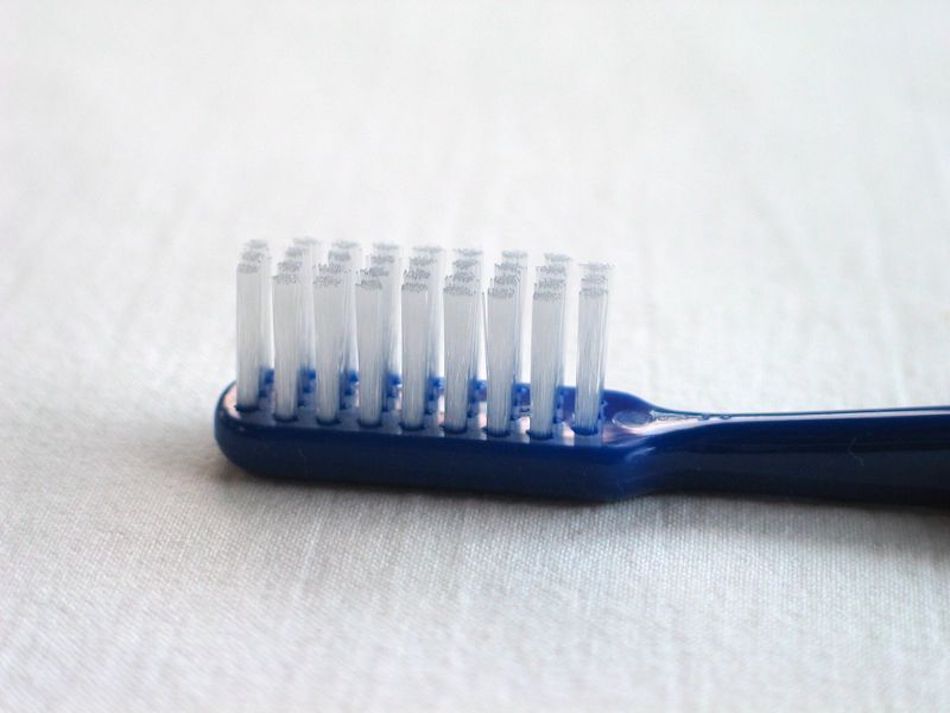
If you decide to remove the hair from where it has regrown into the skin, wash the area with a washcloth or soft toothbrush, then use a sterile needle to catch under the hair loop and lift out the embedded tip.
7. How Not To Treat An Ingrown Hair
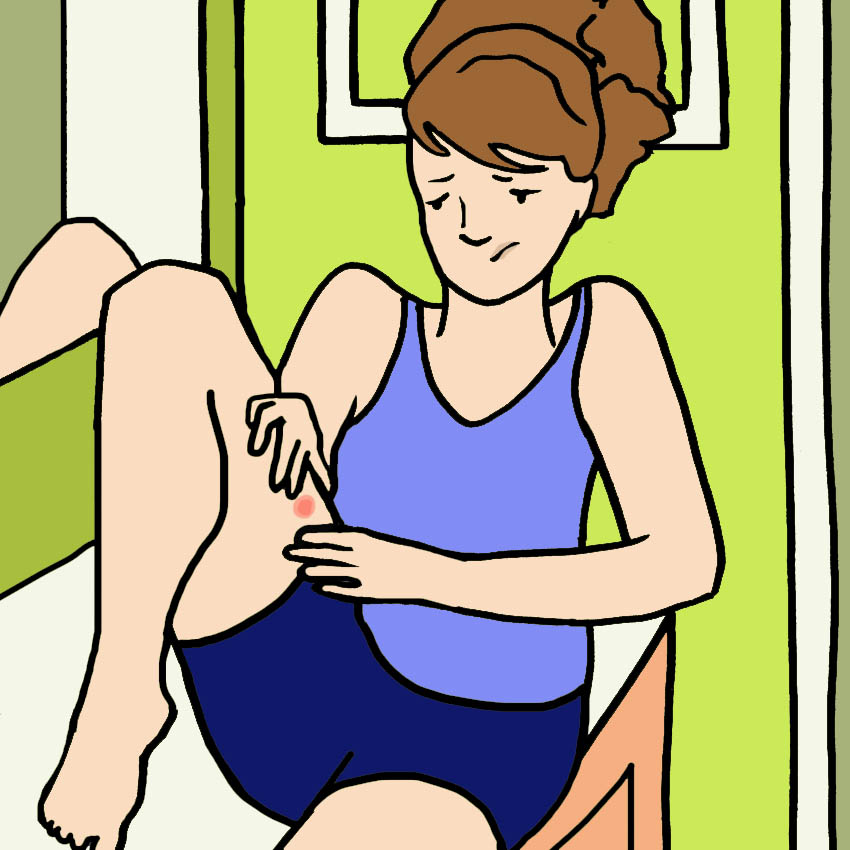
There are a few things you should never do when treating an ingrown hair at home: don't pick at or scratch the inflamed area, don't squeeze the spot, and don't dig into the spot with a needle.
If you do any of these things, it can cause infection or scarring.
8. Long-Term Ingrown Hair Solutions

If you notice that you get ingrown hairs from a certain type of hair-removal method, you should try another method.

The NHS explains that some of the best ways to avoid ingrown hairs long-term include getting laser hair removal or electrolysis, or using a depilatory cream.
9. When To See A Doctor
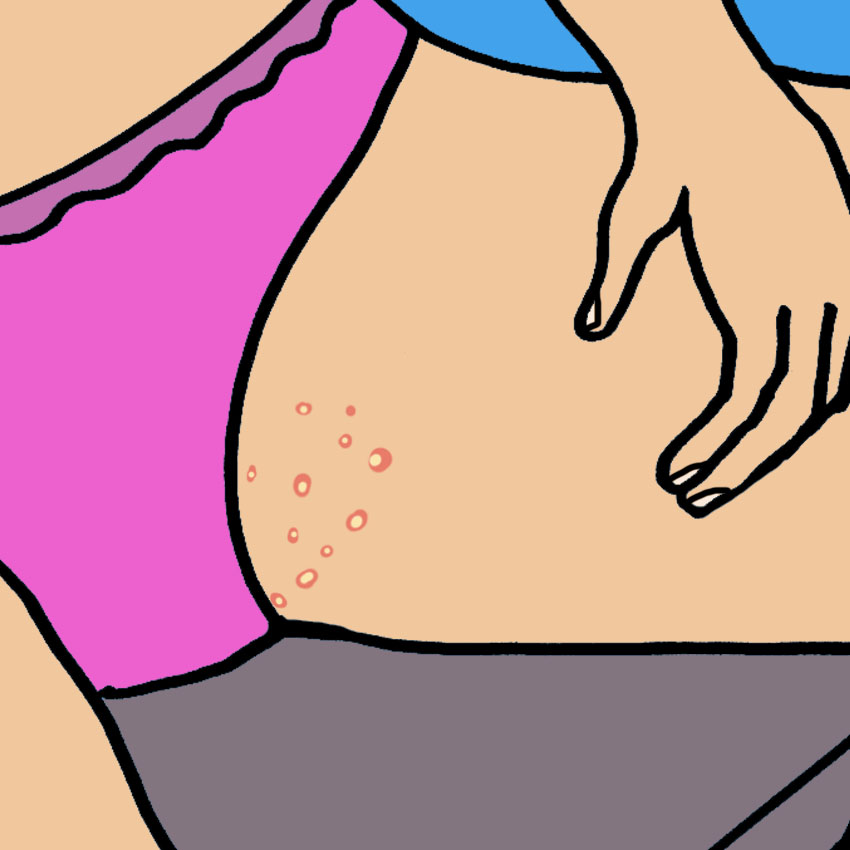
The Mayo Clinic explains that you should see a doctor if your ingrown hairs become a chronic issue. If a specific ingrown hair becomes infected, you may want to ask a doctor for a recommendation.
Please SHARE this article if you've ever had an ingrown hair before!
Pin It!
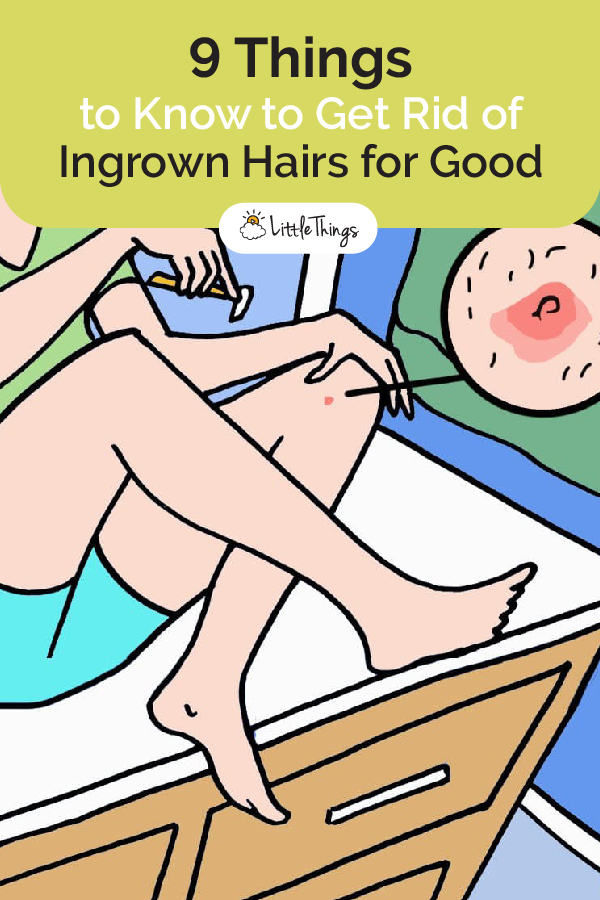
Add this graphic to your Pinterest boards to save these 9 things to get rid of your ingrown hair.




